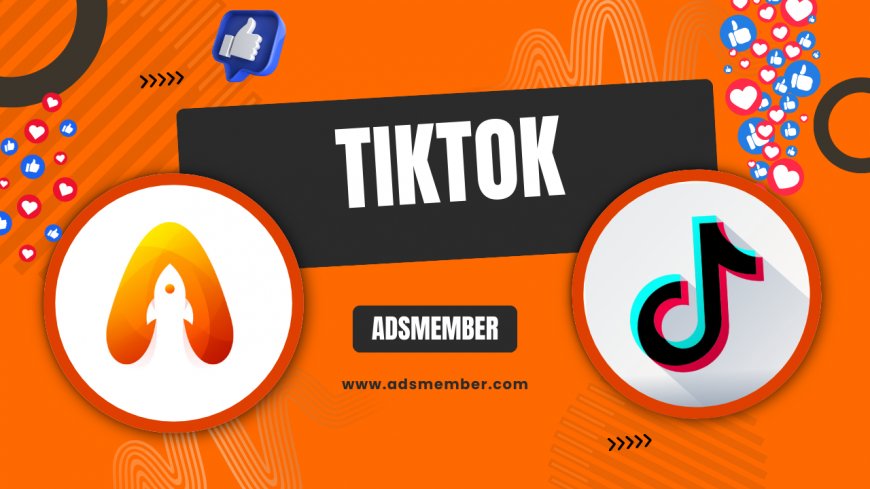Understanding the TikTok Blackout Challenge: Risks and…
Explore the TikTok Blackout Challenge, its dangers, and safety tips to protect teens from harmful online trends. Learn how to stay informed and safe.

Hey there, let’s talk about something serious that’s been making waves online: the tiktok-for-explosive-growth-in-2023">TikTok Blackout Challenge. If you’re a parent, teen, or just a casual scroller, you’ve likely heard whispers of this dangerous trend. Honestly, it’s heartbreaking to see how a seemingly fun platform can harbor such risky challenges. The Blackout Challenge encourages users—often young teens—to hold their breath until they pass out, all for likes and views. Tragically, this has led to injuries and even deaths. In this article, I’ll break down what this challenge is, why it’s so dangerous, and share actionable tips to keep yourself or your loved ones safe. Let’s dive in with open eyes.
What Is the TikTok Blackout Challenge?
If you’re new to this term, the TikTok Blackout Challenge is a viral trend where participants are dared to restrict their breathing—often by choking themselves or using objects—until they lose consciousness. The goal? Record it, share it, and rack up views. I know, it sounds absurd, but peer pressure and the chase for viral fame can push kids into dangerous territory. According to a report by the CDC, similar challenges have contributed to accidental deaths among teens over the past decade. It’s not just a TikTok problem; it’s a broader internet challenge issue.
Origins and Spread on TikTok
This isn’t a new concept—variations of the “choking game” existed long before TikTok. But the app’s algorithm, which prioritizes trending content, has amplified its reach. Videos tagged with related hashtags can garner millions of views overnight. In my opinion, TikTok’s lack of stringent content moderation early on allowed such trends to spiral. Even with bans now in place, users find workarounds with coded language or private groups.
Why Is the Blackout Challenge So Dangerous?
Let’s get real: the human brain needs oxygen to function. Depriving it, even for a few seconds, can cause irreversible damage. The Blackout Challenge isn’t a harmless prank—it risks brain injury, seizures, and death. A 2022 report by CDC noted that self-asphyxiation games have led to over 80 deaths in the U.S. since the early 2000s. Teens often don’t realize the line between “just passing out” and permanent harm is razor-thin. It’s terrifying to think about.
Psychological and Social Triggers
Why do kids do this? Social validation plays a huge role. On TikTok, likes and comments feel like currency. Add in adolescent impulsivity and a lack of risk awareness, and you’ve got a perfect storm. I’ve seen firsthand how peer pressure online can feel more intense than in real life—teens fear being “lame” if they don’t join in.
How to Spot and Prevent Participation
As a parent or guardian, spotting signs of risky behavior early can save lives. Look for unusual secrecy around phone use, mentions of “challenges” with friends, or even physical marks like bruising around the neck. Honestly, it’s gut-wrenching to even think about, but staying vigilant is key. Open conversations about online trends can help—don’t lecture, just listen and guide. Check out more TikTok Safety Tips for deeper insights on monitoring app usage.
Step-by-Step Guide to Talking About Online Safety
- Start Casual: Bring up TikTok casually over dinner. Ask what trends they’re seeing.
- Share Stories: Mention real cases of dangerous challenges without fear-mongering.
- Set Rules: Agree on app time limits and privacy settings together.
- Monitor Activity: Use parental control tools if needed, but explain why.
- Stay Connected: Keep the dialogue open—teens need to trust they can talk to you.
Pros and Cons of TikTok Challenges
Not all TikTok challenges are bad—some promote creativity or charity. But it’s worth weighing the good against the bad, especially with trends like the Blackout Challenge.
- Pros:
- Builds community through shared activities.
- Encourages creative expression (think dance challenges).
- Cons:
- Can promote dangerous behavior for clout.
- Peer pressure amplifies risky decisions.
- Lack of immediate moderation on harmful content.
Unique Tip: Create a Family Media Plan
Here’s something I don’t see discussed enough: a family media plan. Sit down and draft rules for social media use—together. Include screen time limits, app restrictions, and a “no judgment” policy for discussing online content. In my experience, involving teens in these decisions makes them more likely to follow through. Add a clause about reporting dangerous trends to a trusted adult. It’s a proactive way to tackle risks like the Blackout Challenge before they become a problem.
FAQ: What Is the TikTok Blackout Challenge?
It’s a dangerous trend on TikTok where users are encouraged to hold their breath or restrict airflow until they pass out, often filming it for views. This can lead to severe injury or death due to oxygen deprivation.
FAQ: Why Do Teens Join Dangerous Challenges?
Teens often seek validation through likes and shares. Peer pressure, curiosity, and a desire to fit in can override their sense of danger. Social media amplifies this need for approval.
FAQ: How Can Parents Protect Kids from TikTok Risks?
Start with open conversations about online trends. Set app restrictions, monitor usage subtly, and use parental controls. Building trust is key—don’t just spy, communicate.
FAQ: Has TikTok Banned the Blackout Challenge?
Yes, TikTok has policies against harmful content and has removed related videos. However, users sometimes use coded terms to bypass filters, so vigilance is still needed.
FAQ: What Should I Do If I See This Challenge Online?
Report the video immediately using TikTok’s in-app tools. Don’t share or engage with it, as this can boost its visibility. Warn others in your circle about the risks.
What's Your Reaction?
 Like
0
Like
0
 Dislike
0
Dislike
0
 Love
0
Love
0
 Funny
0
Funny
0
 Angry
0
Angry
0
 Sad
0
Sad
0
 Wow
0
Wow
0



















































